
Filter News
Area of Research
- Advanced Manufacturing (2)
- Biology and Environment (8)
- Computational Engineering (1)
- Computer Science (10)
- Energy Science (64)
- Energy Sciences (1)
- Fusion Energy (2)
- Materials (56)
- Materials for Computing (4)
- National Security (11)
- Neutron Science (61)
- Nuclear Science and Technology (11)
- Quantum information Science (6)
- Sensors and Controls (1)
- Supercomputing (63)
- Transportation Systems (1)
News Topics
- (-) Artificial Intelligence (21)
- (-) Chemical Sciences (5)
- (-) Computer Science (88)
- (-) Energy Storage (31)
- (-) Mathematics (2)
- (-) Microscopy (18)
- (-) Molten Salt (7)
- (-) Neutron Science (66)
- (-) Security (12)
- (-) Transportation (34)
- 3-D Printing/Advanced Manufacturing (48)
- Advanced Reactors (22)
- Big Data (19)
- Bioenergy (24)
- Biology (6)
- Biomedical (32)
- Biotechnology (3)
- Buildings (1)
- Clean Water (8)
- Composites (6)
- Coronavirus (25)
- Critical Materials (3)
- Cybersecurity (12)
- Environment (51)
- Exascale Computing (5)
- Frontier (3)
- Fusion (22)
- Grid (15)
- High-Performance Computing (3)
- Isotopes (15)
- Machine Learning (13)
- Materials (2)
- Materials Science (67)
- Mercury (3)
- Nanotechnology (32)
- National Security (2)
- Nuclear Energy (58)
- Physics (28)
- Polymers (14)
- Quantum Science (27)
- Space Exploration (8)
- Summit (28)
Media Contacts
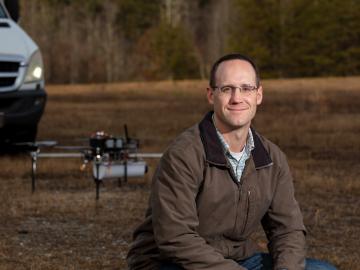
Horizon31, LLC has exclusively licensed a novel communication system that allows users to reliably operate unmanned vehicles such as drones from anywhere in the world using only an internet connection.

Pick your poison. It can be deadly for good reasons such as protecting crops from harmful insects or fighting parasite infection as medicine — or for evil as a weapon for bioterrorism. Or, in extremely diluted amounts, it can be used to enhance beauty.

Oak Ridge National Laboratory researchers have developed a machine learning model that could help predict the impact pandemics such as COVID-19 have on fuel demand in the United States.
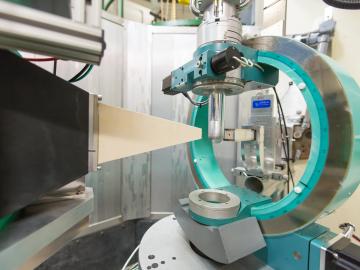
A UCLA-led team that discovered the first intrinsic ferromagnetic topological insulator – a quantum material that could revolutionize next-generation electronics – used neutrons at Oak Ridge National Laboratory to help verify their finding.

Combining expertise in physics, applied math and computing, Oak Ridge National Laboratory scientists are expanding the possibilities for simulating electromagnetic fields that underpin phenomena in materials design and telecommunications.
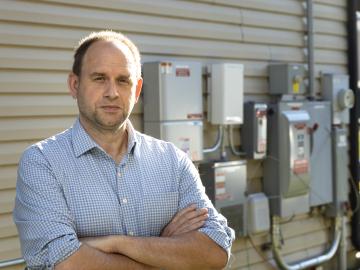
Joe Hagerman, ORNL research lead for buildings integration and controls, understands the impact building technology innovations can have during times of crisis. Over a decade ago, he found himself in the middle of one of the most devastating natural disasters of the century, Hurricane Katrina.
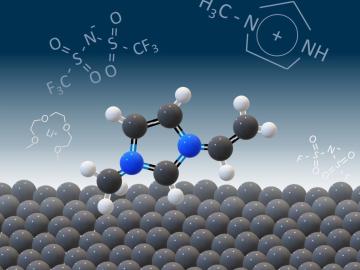
Scientists seeking ways to improve a battery’s ability to hold a charge longer, using advanced materials that are safe, stable and efficient, have determined that the materials themselves are only part of the solution.
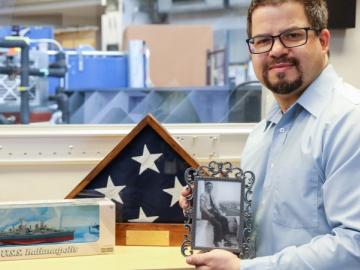
The 75th anniversary of the final voyage of the USS Indianapolis and her brave crew is Thursday, July 30. The US Navy warship was on a top-secret mission across the Pacific Ocean to deliver war materials that marked the conclusion of the Manhattan Project.

ORNL researchers have developed an intelligent power electronic inverter platform that can connect locally sited energy resources such as solar panels, energy storage and electric vehicles and smoothly interact with the utility power grid.

A team led by Dan Jacobson of Oak Ridge National Laboratory used the Summit supercomputer at ORNL to analyze genes from cells in the lung fluid of nine COVID-19 patients compared with 40 control patients.


